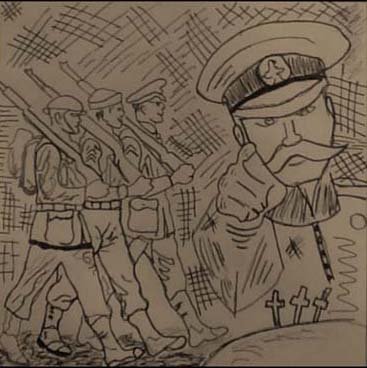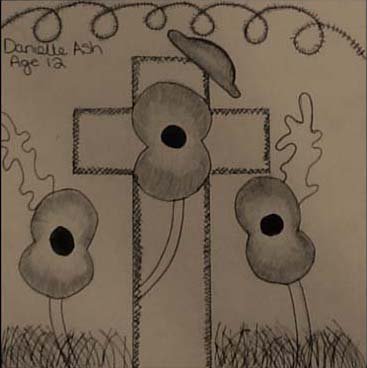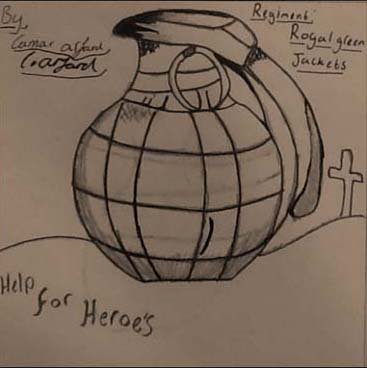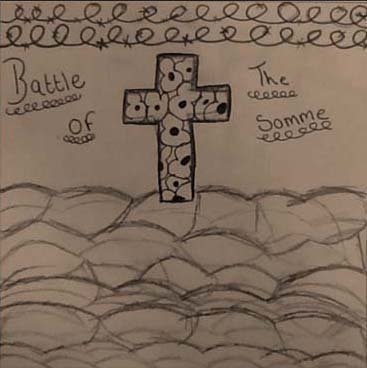Remembering the Battle of the Somme
“They shall grow not old, as we that are left grow old.
Age shall not weary them, nor the years condemn.
At the going down of the sun and in the morning
We will remember them”
Art students at the College have been reflecting on the Centenary of Battle of the Somme with a truly amazing project.
Did you know:
- The Battle of the Somme was originally meant to be a French led offensive with the British in support. It was also initially planned for August 1916
- When the German army attacked Verdun in February 1916 it was clear that France would not be able to lead any major offensive in 1916, indeed a British diversionary attack was needed fast to take the pressure off the French and divert German resources away from Verdun. That diversionary attack turned out to be the Battle of the Somme
- The preliminary bombardment lasted eight days and saw over 1,600 pieces of British artillery fire 1.73 million shells on to the German lines.
- The first infantry attack took place in the early morning of 1st July 1916 the battle continued until the 18th November
- Many of the shells that were fired in that preliminary bombardment were duds and failed to explode. Those that did explode tended to be shrapnel shells which had little effect on barbed wire defences, dugouts and enemy strong points
- The average British infantryman carried 30kg of equipment as he went over the top during the first phase of the battle
- Britain lost 57,470 casualties (killed and wounded) on the first day of the Battle of the Somme
- 19,240 British soldiers were killed on the first day of the battle
- The oldest British soldier to die during the battle was Lt Henry Webber, 7th South Lancashire Regiment. He was 68 when he died on 27th July 1916
- On 15 September 1916 at Flers-Courcelette the tank made its operational debut. Although they scared many of the German soldiers in the front line, a mixture of poor tactics and unreliability meant that overall they failed to make a great impact
- During the Battle of the Somme 51 Victoria Crosses were awarded 17 of them were awarded posthumously
- During the battle between July and November 1916, the French and British armies suffered around 625,000 casualties
- Germany casualty figures for the battle are estimated at 500,000
- The furthest advance of any allied force during the battle was five miles
On Friday 1st July, Heaton Park, Manchester will be showcasing a ceramic “Path of Remembrance” made up of 5000 Illustrated tiles.
Project Leader Mr O’Brien, who himself has made a tile said, “The work of the College students has been remarkable, high quality and deeply moving.”















